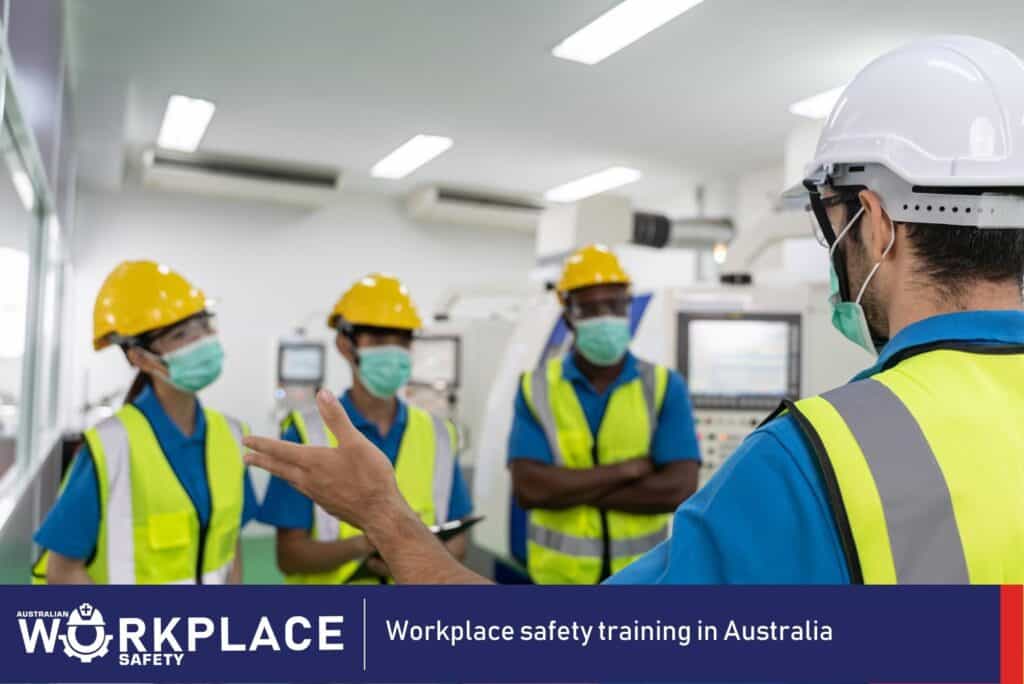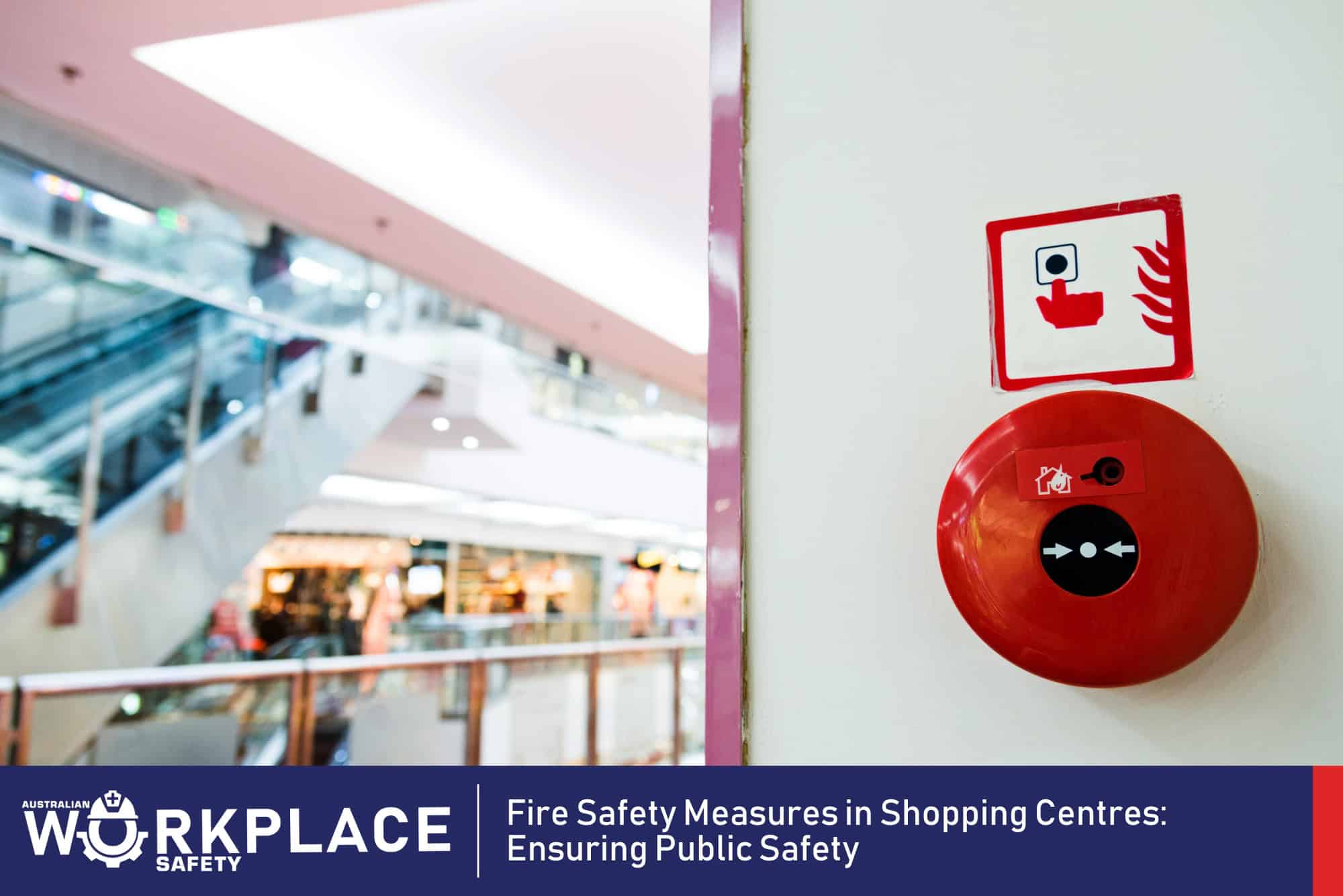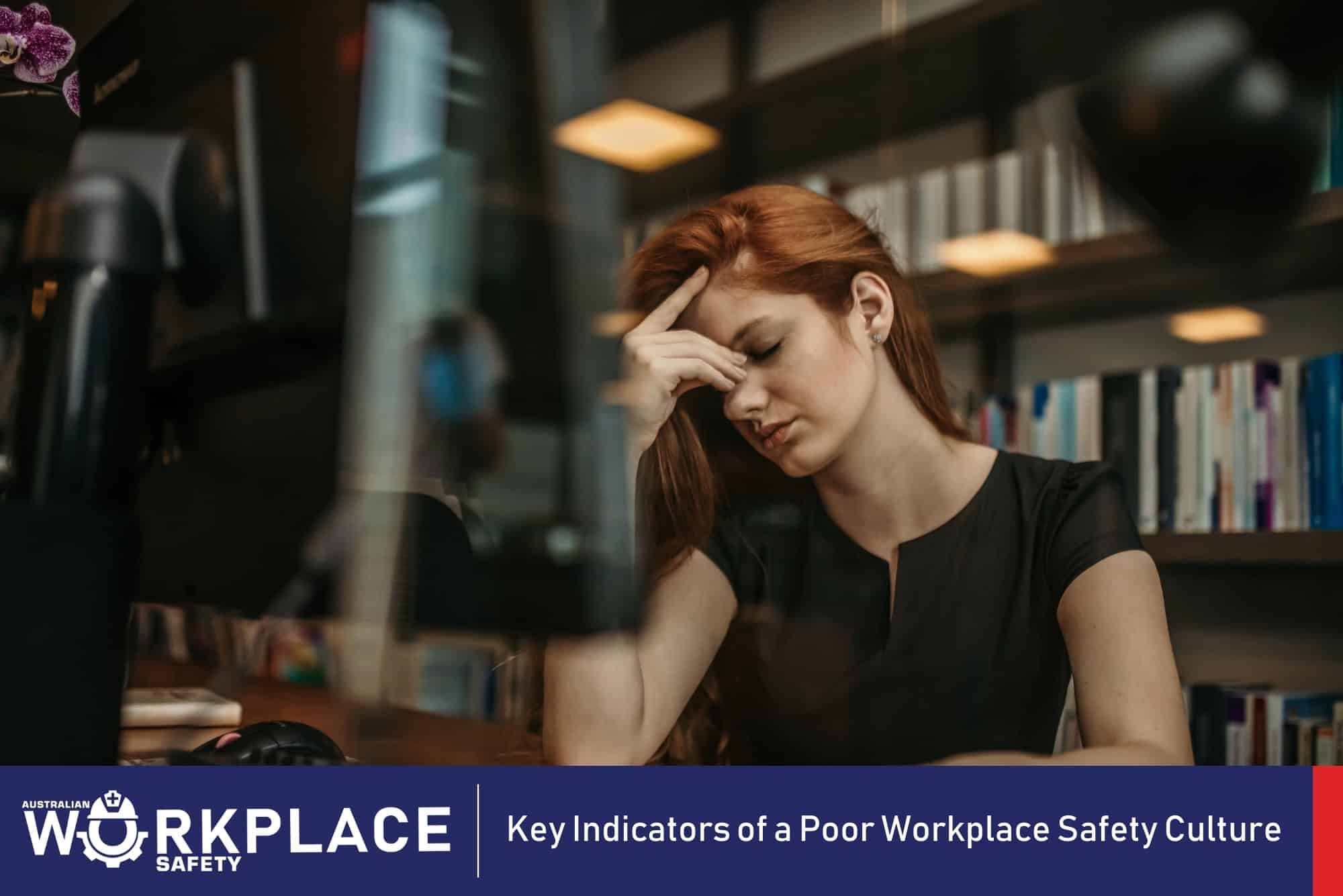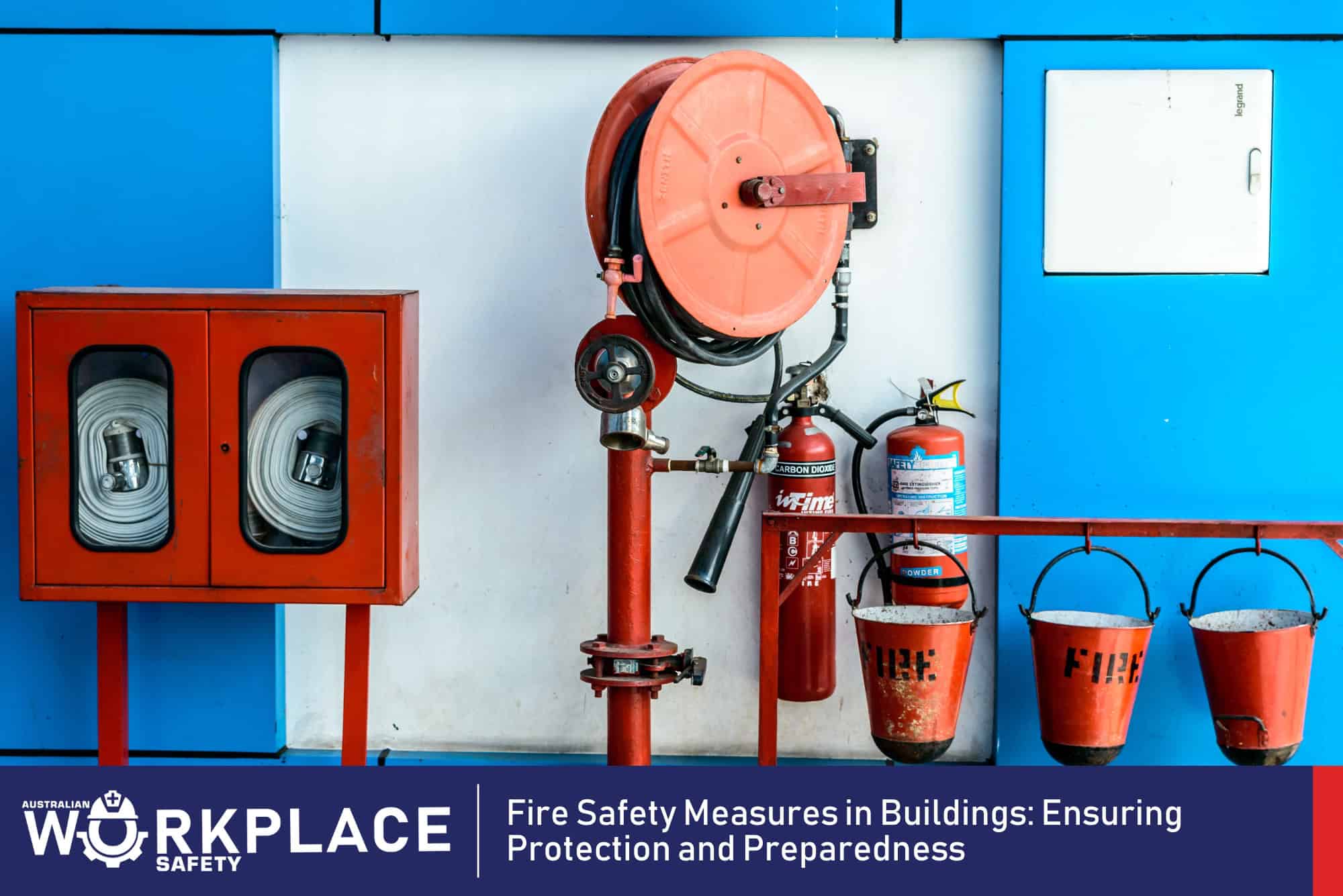The importance of workplace safety in Australia
Workplace safety is of paramount importance in Australia, as it not only protects employees from accidents and injuries, but also helps companies avoid costly lawsuits and lost productivity. In Australia, workplace safety is regulated by laws such as the Work Health and Safety Act 2011, which requires employers to provide a safe working environment for their employees and to ensure that all employees are adequately trained in safety procedures. By providing regular safety training and implementing effective safety protocols, companies can help prevent accidents, reduce the risk of injuries, and create a culture of safety within their organisation. A safe workplace can lead to improved employee morale, increased productivity, and reduced absenteeism, all of which can have a positive impact on the bottom line. Workplace safety training is an essential part of maintaining a safe and healthy work environment in Australia.
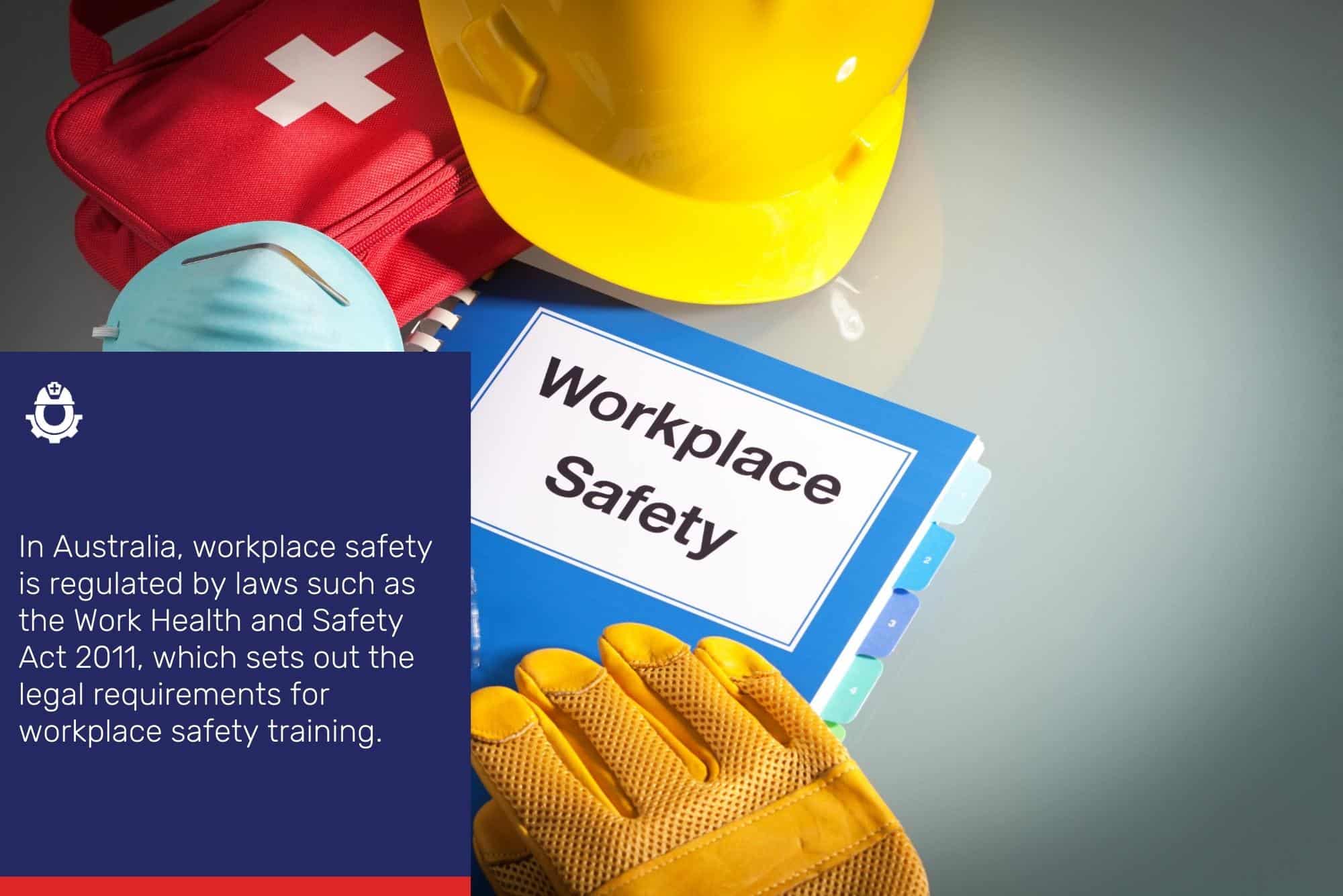
Legal requirements for workplace safety training in Australia
In Australia, workplace safety is regulated by laws such as the Work Health and Safety Act 2011, which sets out the legal requirements for workplace safety training. The Act requires employers to provide a safe working environment for their employees and to ensure that all employees are adequately trained in safety procedures. This includes providing training on specific hazards that are present in the workplace, as well as training on general safety procedures such as emergency evacuation plans.
Employers are also required to keep records of all safety training that has been provided to employees and to make sure that employees are adequately trained before they are allowed to perform certain tasks. The Act also requires that employers appoint a designated person to be responsible for safety within the workplace, and in some cases, employers are required to appoint specific safety officers to ensure compliance with the Act.
It is essential for employers to be aware of these legal requirements and to comply with them, as failure to do so can result in fines and penalties. Non-compliance with workplace safety regulations can also result in costly lawsuits and reputational damage. It is crucial for employers to take the necessary steps to ensure that their workplace safety training programs meet the legal requirements set out in the Work Health and Safety Act and other relevant regulations.
Types of workplace safety training available in Australia
In Australia, there are various types of workplace safety training available to employers and employees. Some of the most common types of training include:
- General safety training
- Hazard-specific training
- Induction training
- Refresher training
- Online training
- On-site training
Employers can choose the type of training that best suits their needs and the needs of their employees. It’s important to note that the type of training and frequency of training must meet the legal requirements and industry standards.
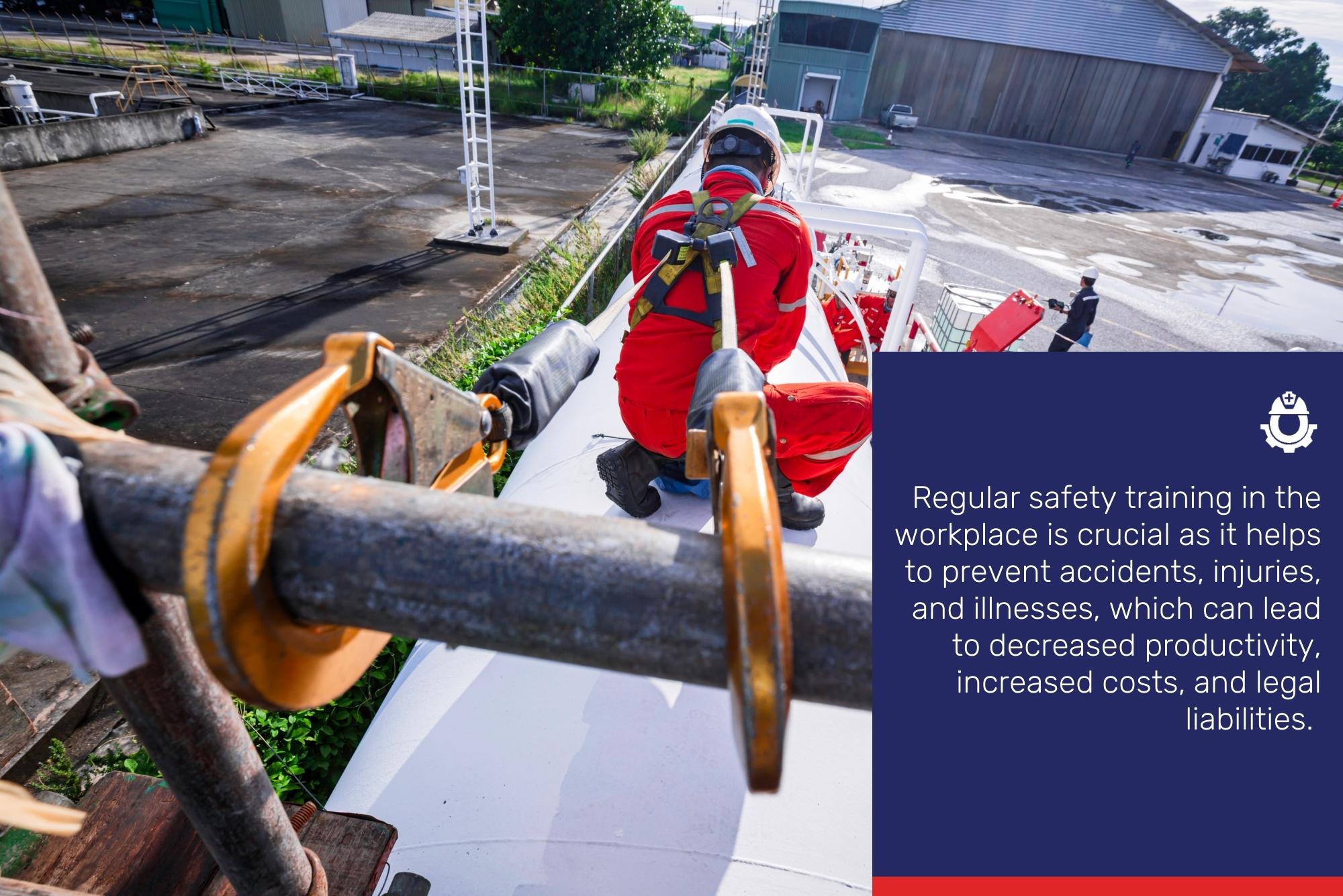
The benefits of regular safety training in the workplace
Regular safety training in the workplace is crucial as it helps to prevent accidents, injuries, and illnesses, which can lead to decreased productivity, increased costs, and legal liabilities. Through safety training, employees learn how to identify and mitigate risks cause by hazards in the workplace, allowing them to work more safely and efficiently. Regular safety training also helps in compliance with regulations, thus reducing the risk of fines and penalties. Regular safety training can foster a culture of safety within the organisation, where employees take responsibility for their own safety and that of their colleagues. Regular safety training also helps in keeping up with industry standards, best practices, and new technologies in the field of safety. Regular safety training can also have a positive impact on the productivity, employee morale and the bottom line of the company. Regular safety training in the workplace has numerous benefits for both employers and employees. Some of the key benefits include:
- Reduced accidents and injuries
- Improved productivity
- Cost savings
- Compliance with regulations
- Development of a safety culture
- Employee empowerment
- Keeping up with industry standards
Regular safety training is an essential part of creating a safe and healthy work environment and it can have a positive impact on the productivity, employee morale and the bottom line of the company.
Implementing an effective workplace safety training program
Implementing an effective workplace safety training program is crucial for the well-being of employees and the success of the company. This includes conducting a hazard assessment to identify specific hazards in the workplace, developing a training plan, delivering the training by qualified trainers, measuring the effectiveness of the training, continuously updating the training, and communicating the training program to all employees. It’s important to note that the program should be tailored to the specific needs of the employees and regularly evaluated to ensure that it remains effective. By taking these steps, employers can help to create a safe and healthy work environment and reduce the risk of accidents and injuries. Implementing an effective workplace safety training program requires a well-planned and organised approach. Some key steps to consider when implementing such a program include:
- Conducting a hazard assessment
- Developing a training plan
- Delivering the training
- Measuring the effectiveness of the training
- Continuously updating the training
- Communicate the training program
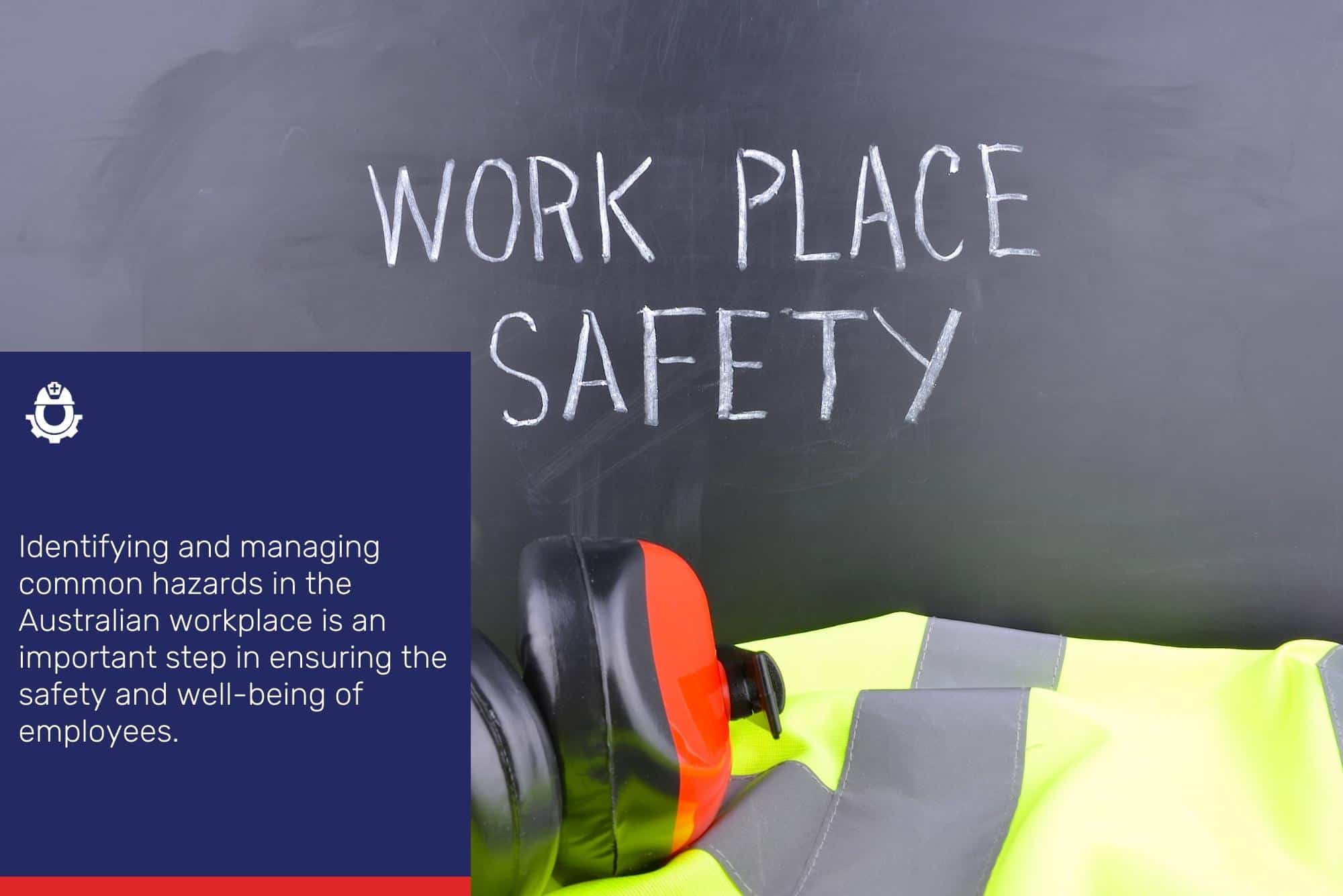
Identifying and managing common hazards in the Australian workplace
Identifying and managing common hazards in the Australian workplace is an important step in ensuring the safety and well-being of employees. Some common hazards that are present in many workplaces include:
- Physical hazards
- Manual handling hazards
- Chemical hazards
- Electrical hazards
- Noise hazards
- Mental health hazards
To manage these hazards, employers should conduct regular risk assessments, implement appropriate control measures using the hierarchy of control, and provide regular safety training to employees. For example, to manage slip, trip and fall hazards, employers can ensure that the floors are kept clean and dry, and to manage chemical hazards employers should provide appropriate personal protective equipment and ensure employees are trained on the safe use of chemicals. In addition, it’s important for the employers to have policies and procedures in place to address mental health hazards and create a positive work culture. Identifying and managing common hazards in the workplace is essential for the safety and well-being of employees, and it can also help employers to avoid costly accidents and injuries and comply with relevant regulations.
The role of workplace safety training in promoting a safe work environment
Workplace safety training plays a critical role in promoting a safe work environment. By providing regular safety training, employers can help employees to identify and mitigate hazards in the workplace, which can help to prevent accidents and injuries. Safety training also helps employees to understand their role in maintaining a safe work environment and how to respond in case of an emergency.
Safety training also helps employers to comply with workplace safety regulations, which can help to avoid fines and penalties. Regular safety training can foster a culture of safety within the organisation, where employees take responsibility for their own safety and that of their colleagues.
Regular safety training can also help to improve employee morale and reduce absenteeism, which can result in increased productivity. It also helps employees to stay up to date with the latest safety procedures and industry standards, which can help them to work safely and effectively.
Workplace safety training is a critical component of maintaining a safe work environment. It can help to prevent accidents and injuries, foster a culture of safety, comply with regulations and improve employee morale. By providing regular safety training and creating a safe work environment, employers can help to create a positive work culture, and ensure that the workplace is a healthy and safe place for all employees.
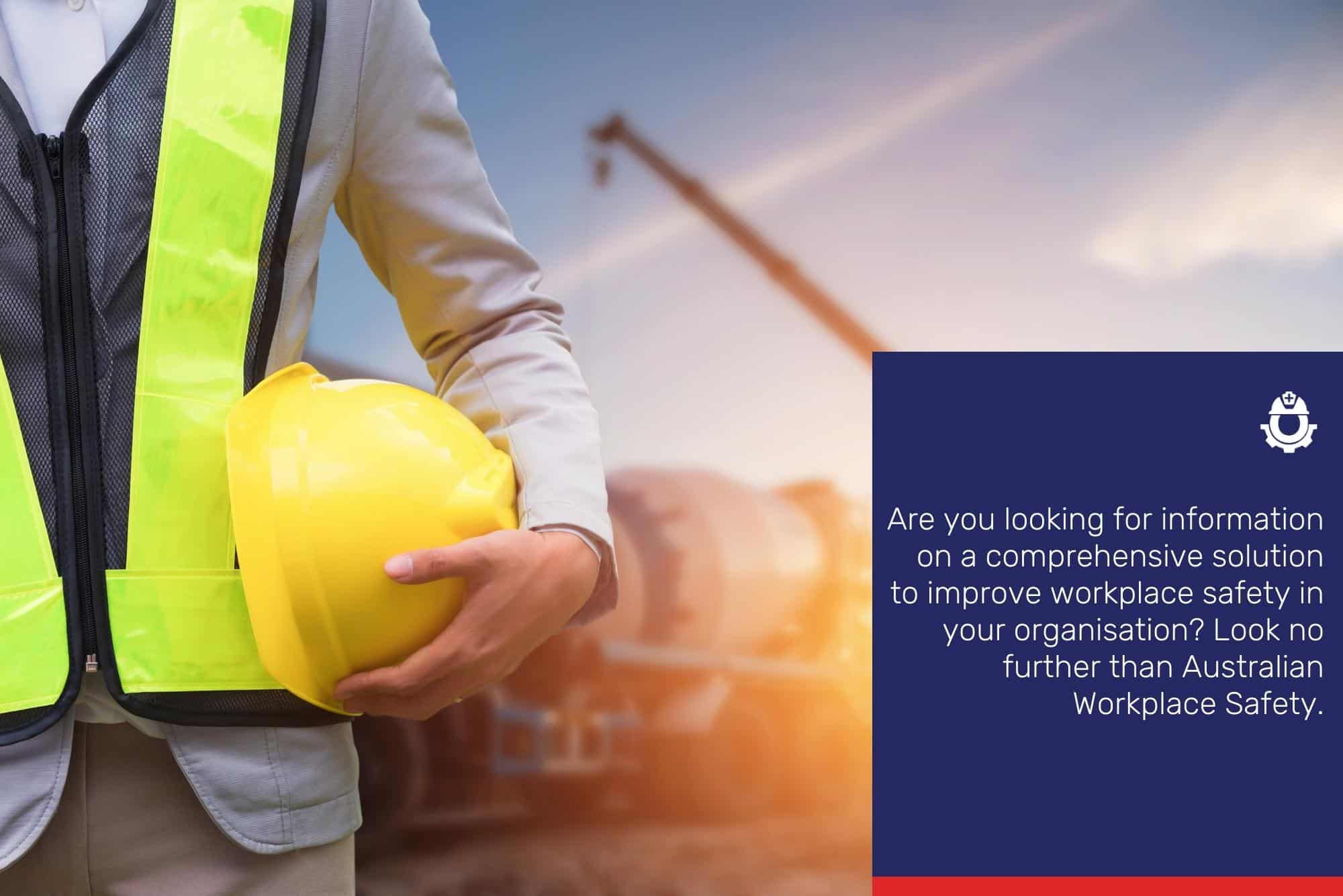
Contact Australian Workplace Safety for workplace safety training information in Australia
Are you looking for information on a comprehensive solution to improve workplace safety in your organisation? Look no further than Australian Workplace Safety.
We are a leading provider of workplace safety training information in Australia, offering a wide range of articles designed to provide you with the required information to support a positive and safe working environment for your organisation. Our database of information is designed to help employees identify and mitigate hazards in the workplace and provide them with the knowledge and skills they need to work safely and effectively.
Don’t let workplace accidents and injuries hold your organisation back. Choose Australian Workplace Safety to learn everything you need to know about workplace safety training and see the difference it makes in the safety and productivity of your organisation. Contact us today to learn more about how we can help you achieve a safe and productive work environment.
